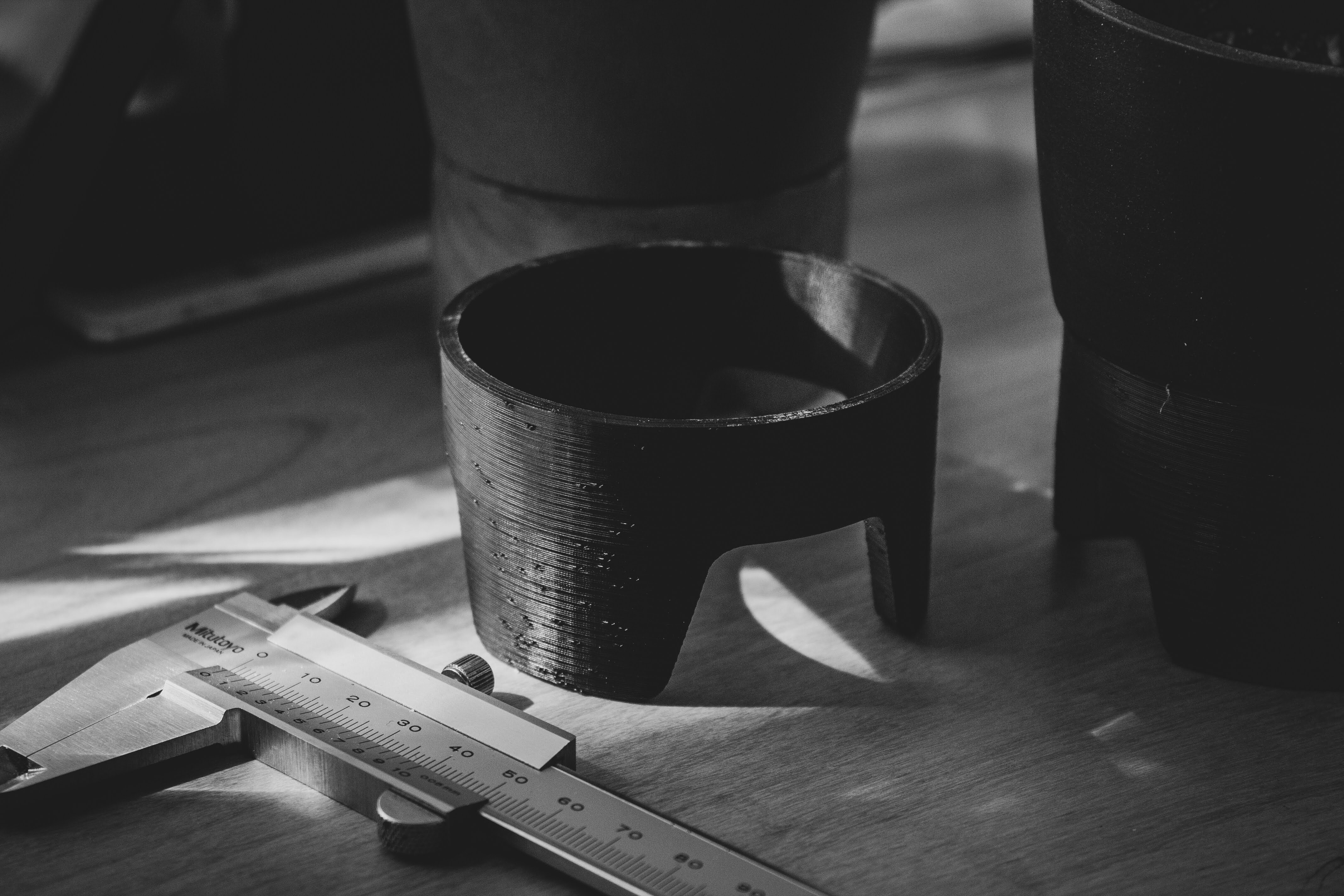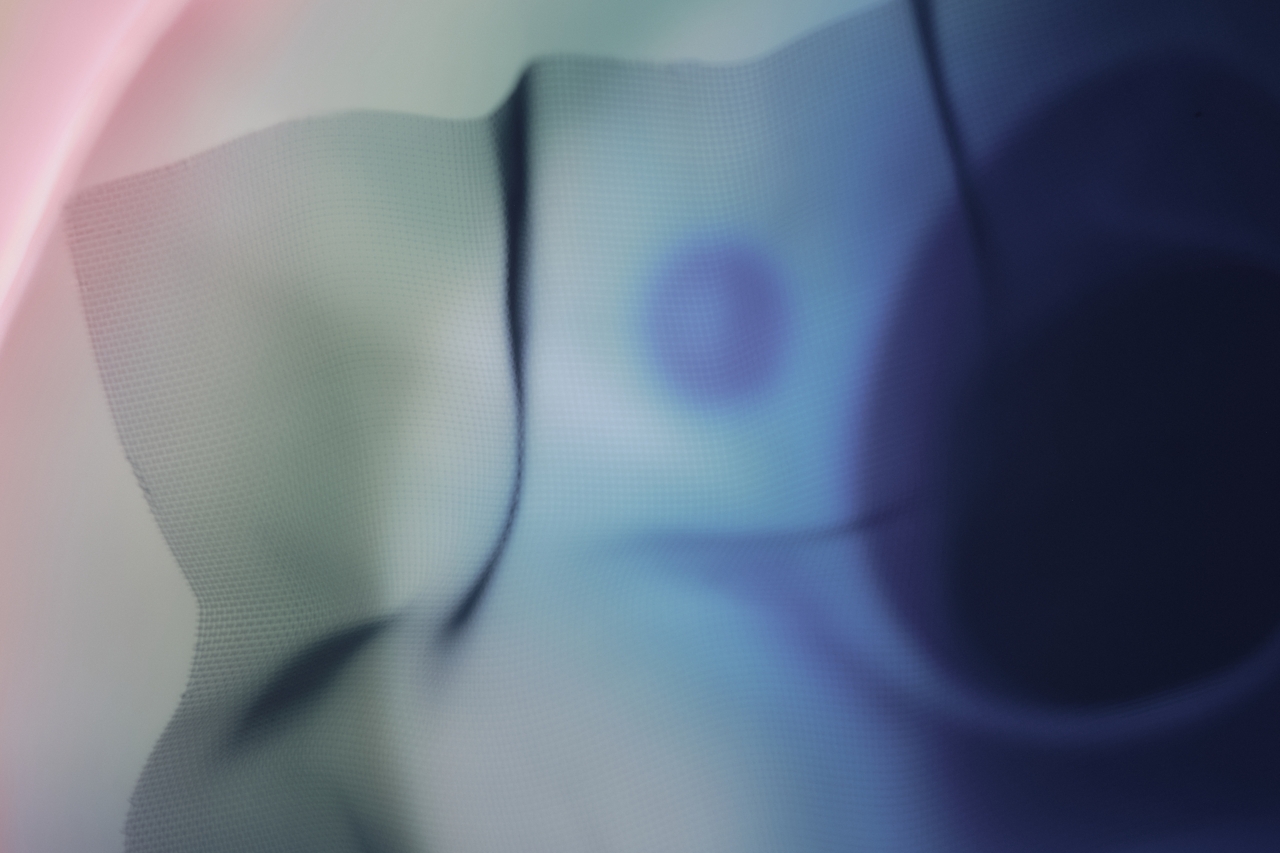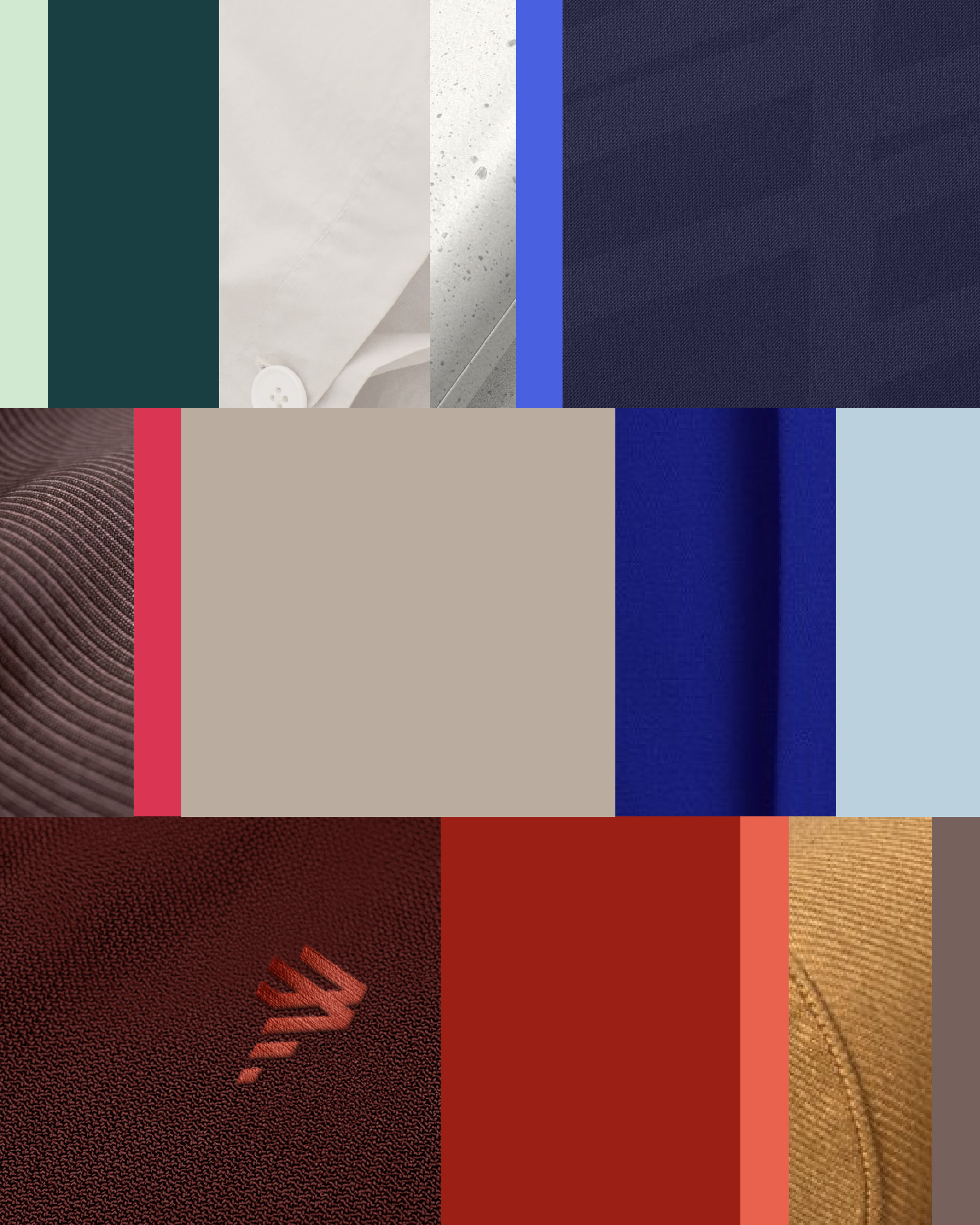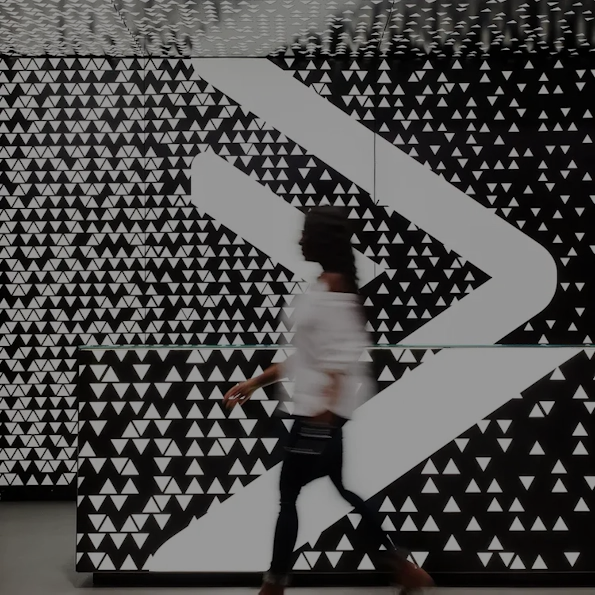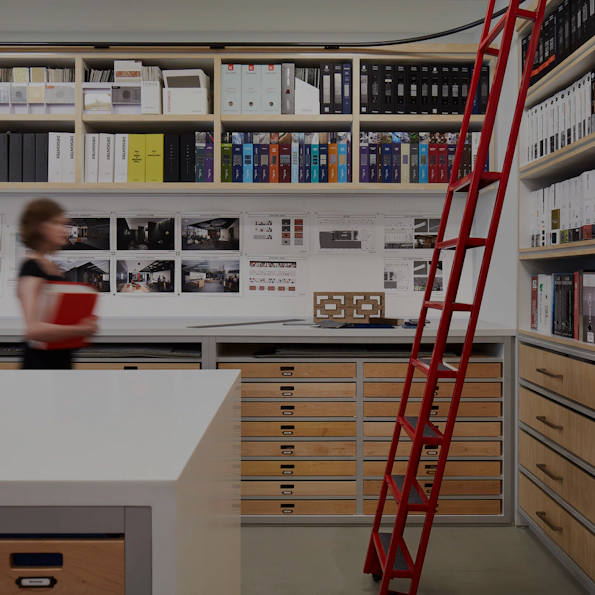
In this edition from our In-Conversation series, NewTerritory’s Managing Director, Ben Harding, turns the tables interviewing NewTerritory’s founder and ECD, Luke Miles.
Together, they explore Luke’s reflections on the state of design today, where things are increasingly looking and feeling the same - often at the cost of deeper emotional resonance. Luke introduces the concept of The Echo Chamber, a plateau where design across industries risks becoming beautifully forgettable.
